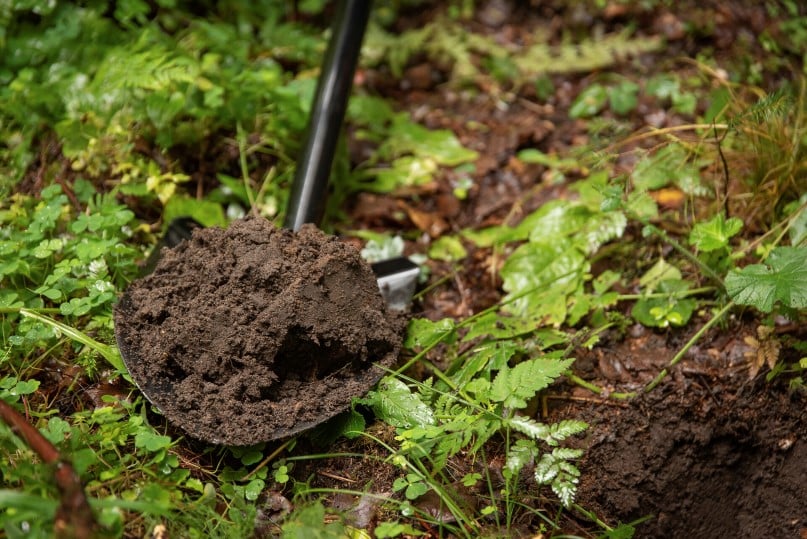Metsä Group’s primary recommendation for owner-members’ commercial herb-rich forests is nature management, and for the best sites, voluntary conservation. The forest owner always decides which method to use. In herb-rich forests, nature management entails an emphasis on management measures that improve biodiversity instead of tree growth. Nature management and tree growth often go hand in hand in herb-rich forests.
In the management of herb-rich forests, we direct management measures to the places where they have the greatest impact on biodiversity. We have trained our personnel so that they can advise our owner-members on the management of herb-rich forests.
Herb-rich forests are home to numerous threatened species
In Finland, herb-rich forests play a far greater role for biodiversity and threatened species than their surface area might lead you to believe. Nutrient-rich growth areas are populated by more species, and herb-rich forests are very important for threatened species in commercial forests.
The main threats to species include changes in the ratio of tree species, forest renewal and management actions, and the decline in decaying wood, old forests and large trees.
Most herb-rich forests used to be cleared to make way for fields, as their nutrient-rich soil made them attractive to agriculture. The most representative of the remaining herb-rich forests in Finland are protected as habitats of special importance under the Forest Act and in the conservation programme for herb-rich forests. Hazel forests and broadleaved forests are protected by the Nature Conservation Act.
How can you identify a herb-rich forest?
Herb-rich forests are commonly thought to exist only in the southernmost parts of Finland However, they can be found as far north as Lapland, but their vegetation shows geographical differences.
A herb-rich forest is easiest to identify based on the soil. Dwarf shrubs such as blueberry or lingonberry, which are typical of heath forests, are usually not found in herb-rich forests. Instead, they grow herbaceous flowering plants such as herb Paris, wonder violet or baneberry. The soil in herb-rich forests is also home to special species of fungi.

February daphne, fly honeysuckle and mountain currant are often found in the shrub layer of herb-rich forests. Compared to heath forests, herb-rich forests offer a more diverse growth environment for tree species. In addition to spruce and birch, herb-rich forests often grow other deciduous and rarer broadleaved trees.
In southern Finland, the rarer species include maple and oak, as well as hazel, which is found here and there. Honeysuckle, guelder rose and roses may be found among spruces in herb-rich forests farther north.
Bird couples are more numerous in herb-rich forests, and more birds nest per hectare in herb-rich forests than in heath forests. Herb-rich forests offer more food and a more layered habitat for birds.
